Things You'll Need
Synthetic scrub brush
Chisel
Bleach
Water
Mortar mix
Garden clippers

Brick is one of the most durable of the traditional products used on a home's exterior. The ancient Romans built roads from brick that are still in use today. Brick can be recycled as older buildings are torn down. If you own a brick home, you are in a house that is energy efficient, aesthetically appealing and has good resale value. With an annual inspection to check for wear and tear, your brick home will outlast its owner.
Step 1
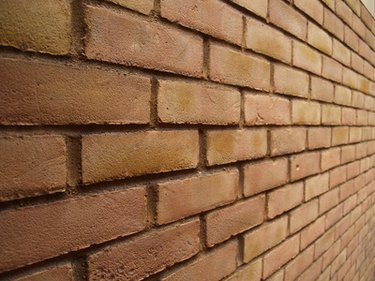
Inspect your home annually. The most damage comes not from the brick itself, but from the mortar used to hold the bricks together. Hose the brick down, checking for crumbling mortar as well as moss, mold and mildew. A synthetic scrub brush and a mixture of household bleach and water will remove most of the growth.
Video of the Day
Step 2
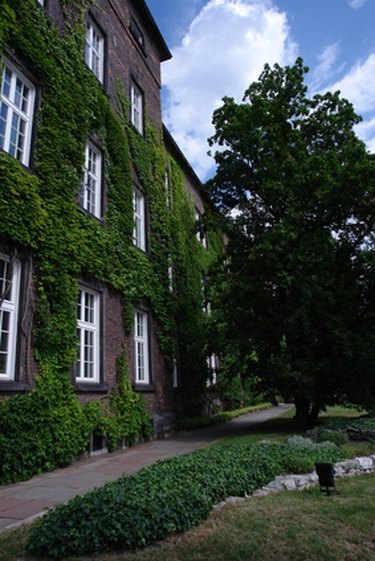
Check for vines and other plant growth. Many vines, like ivy, look great on a brick facade, but can be extremely damaging, as they adhere to the face of the brick and erode it. If you find vines adhering to your brick walls, do not pull them off, as that will destroy the brick. Instead, cut the vines close to the soil and let them die and fall off the house naturally.
Step 3
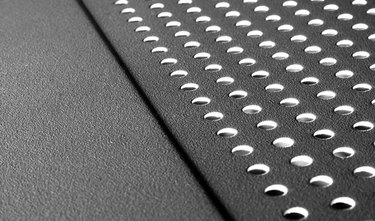
Check to make sure the weep holes are clean. These small openings at the base of a brick wall are built into the original brick facade as a device to allow moisture from the wall to drain to the outside. These holes occasionally get clogged and will cause water damage if not cleared.
Step 4
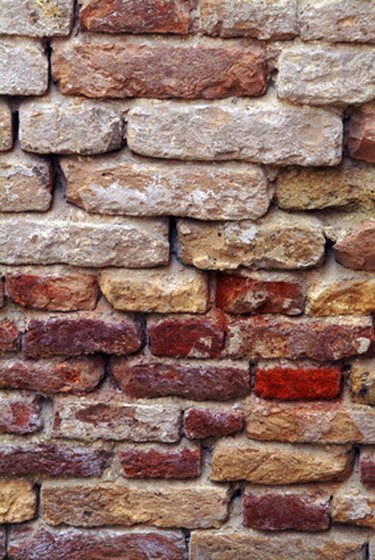
Check for signs of efforescence. This is a gradual growth of salt crystals from the brick that migrate toward the surface when water penetrates the brick. It appears as a chalky deposit on the face of the brick, and can be cleaned with a stiff brush or, in especially difficult cases, a chemical cleaning agent.
Step 5
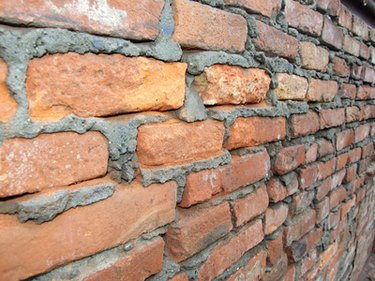
Repair any crumbling mortar. Clean the bricks thoroughly first. Chip out the bad mortar with a chisel, removing the damaged portion. Paint a bonding agent on the good mortar, then mix and apply the new mortar. Finish the new joint by running your finger along it to form a shallow depression in the mortar. Clean off any residue with an acid wash, which dissolves leftover mortar but leaves the brick intact.
Step 6
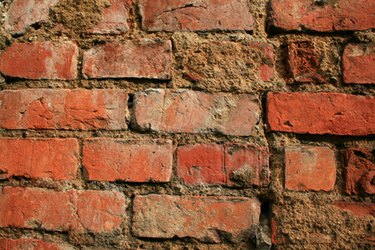
Replace damaged bricks by chiseling out the mortar that surrounds the it and remove the brick. Clean the opening and dampen with water or a bonding agent. Mix and spread new mortar to the bottom of the opening. Lay in a new brick and mortar the sides and top. Finish the new joints by running your finger lightly over the new mortar. Clean off any residue.
Tip
It's best to leave pressure-washing of your brick home to the professionals, as the bricks can be damaged if the pressure is incorrect.
The only way to successfully remove paint from brick is with a chemical solution, never sandblasting, and it's best left to the professionals.
Warning
While waterproofing your brick sounds like a good idea, it can result in rapid runoff and frost damage, so the ramifications of this decision should be carefully considered before proceeding.
Video of the Day